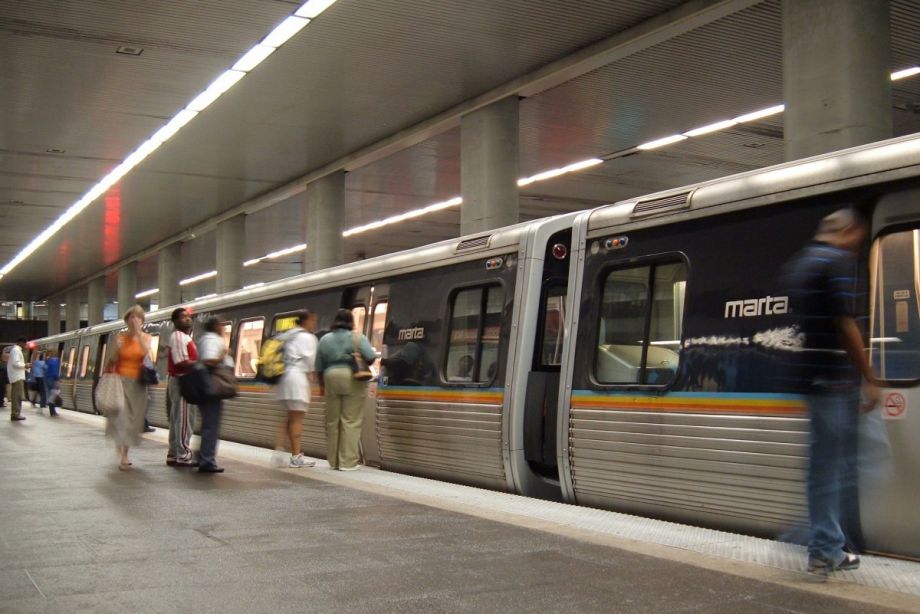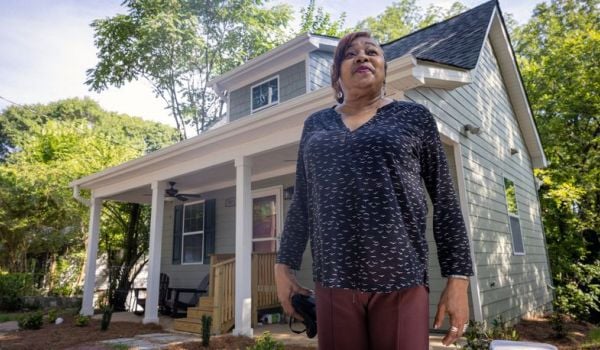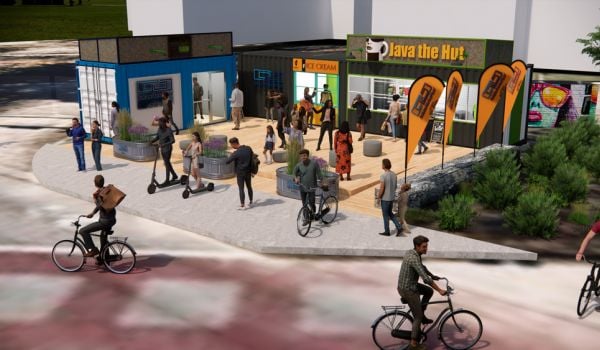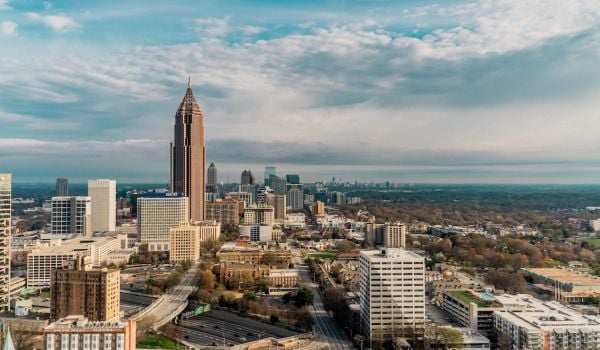Nov. 8 was good for U.S. transit. Voters in Los Angeles, Seattle, Columbus, Kansas City, Indianapolis, Spokane and elsewhere passed ballot measures to fund or expand service in their cities and counties. In Atlanta and the surrounding county, voters approved two major measures to fund MARTA (Metropolitan Atlanta Rapid Transit Authority) expansion, the Atlanta BeltLine rail and trail corridor, and other bicycle and pedestrian projects.
The MARTA measure raises sales tax by one-half cent for 40 years and is estimated to generate $2.5 billion to fund major projects on the Atlanta region’s rapid transit system. The T-SPLOST measure (shorthand for Transportation Special-Purpose Local-Option Sales Tax) raises sales tax by four-tenths of a cent for five years, raising an estimated $300 million.
The MARTA and T-SPLOST measures passed handily with 71.5 percent and 67.9 percent yes votes respectively in the city and slightly better in DeKalb County. It’s clear in hindsight that people have a real appetite for transit and active transportation, but vocal supporters were still anxious leading up to election day.
“I had a lot of conversations with people in Atlanta about [the referendums],” says Darin Givens, cofounder of ThreadATL, an urbanist advocacy group. “It seemed up in the air. Half supported and half did not among people I talked to.”
Exactly what MARTA will do with the additional revenue remains up in the air. In order to get approval from Atlanta City Council to put the referendum on the ballot, they had to present a list of potential projects. But according to Simon Berrebi, executive director of grassroots group MARTA Army, that was a starting place.
“The amount of money that will be levied from the tax won’t be sufficient to fund all these projects,” Berrebi says. “That was done purposely to leave some space for planners to build some projects based on information we don’t have yet.”
MARTA Army implements tactical urbanism-style programs to improve the transit riding experience in Atlanta.
That agency list includes building a light-rail line on the BeltLine loop, extending the rapid transit Blue Line a little more than a mile west from Hamilton E. Holmes station to Interstate 285, building new bus rapid transit lines, building three infill stations, improving existing stations and expanding bus service.
“We’re happy that it’s an exhaustive list,” says Berrebi. “The position of MARTA Army is there needs to be a robust public outreach process that informs the vision, which will inform the goals, which will inform performance metric, that will inform prioritization. At the end of the day we can’t have an effective implementation if we don’t have a key understanding of what people want. We shouldn’t plan the system the same if the goal is to reduce congestion or it’s to give opportunities to people who need it the most.”
Givens is hoping MARTA prioritizes infill stations and increased bus service.
“There are some long stretches of MARTA track without stations,” he says. “Over time we’ve seen some infill urbanism develop along those stretches of track with apartments and such. It would be great to have some infill stations to go along with.”
As for buses, he says frequency and routes were cut back significantly during the recession and have never fully recovered.
“I’m hoping we can change that a little bit and get more money for buses,” Givens says. “Atlanta has kind of a suburban layout in a lot of the city. I think buses are a really good way to serve that built environment.”
Plans for the $300 million in T-SPLOST funds are more concrete. The city plans to spend $66 million to complete the BeltLine Loop, a 22-mile greenway around the city’s central business district. It will include a multiuse trail, park space and eventually a light-rail line. Part of the project is complete, and the T-SPLOST money will allow the city to buy the remaining land to finish the loop.
“It’s incredibly exciting to see so much enthusiasm around this whole concept of building out Atlanta around future light-rail line and an existing bike and pedestrian path instead of building out only around roads,” Givens says. “It’s wonderful to go out on the weekend on the part of BeltLine that’s already built out and see people out walking and biking these long stretches between neighborhoods.”
The T-SPLOST measure also provides $75 million for 15 complete streets projects, $3 million for Atlanta bike-share, $69 million for sidewalk improvements, $40 million for traffic signal optimization, and other bicycle and pedestrian improvements.

Josh Cohen is Crosscut’s city reporter covering Seattle government, politics and the issues that shape life in the city.
Follow Josh .(JavaScript must be enabled to view this email address)
















